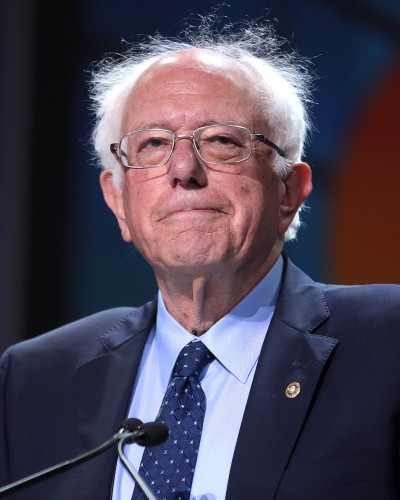Full Biography
Bernard “Bernie” Sanders entered the world in 1941 within Brooklyn’s tightly knit immigrant neighborhoods, where English and Yiddish flowed side by side. Parents who left Europe sought a better life, instilling values of resilience and openness to new ideas. Early education nurtured a curious mind, leading to enrollment at the University of Chicago, where civil rights protests and political discussions sparked deeper commitments to social justice.
During these undergraduate years, campus activism provided formative lessons on coalition-building and direct action. Outside lecture halls, reading groups debated theories of equality, echoing the influence of renowned thinkers like Eugene Debs, whose writings on democratic socialism resonated profoundly. During a break from conventional studies, a visit to an Israeli kibbutz revealed communal living in practice, shaping perspectives on cooperative economics and shared responsibility.
Eventually, rural Vermont became home. The peaceful setting, coupled with strong community ties, encouraged involvement in local governance and social causes. To cover living expenses, carpentry skills came into play, reflecting a practical approach to funding grassroots efforts. Amid these endeavors, a lesser-known project emerged: recording a folk album with regional musicians, weaving political themes into music that captured the spirit of Vermont’s tight-knit population.
While many recognize public accomplishments in later years, earlier chapters present a portrait of an individual shaped by movement, conversation, and experimentation. The distinctive Brooklyn accent remains unmistakable, surfacing when discussing socioeconomic inequities with characteristic hand gestures and impassioned urgency. Behind the recognizable public persona lies a lifetime of hands-on learning: building not only physical structures as a carpenter but also alliances within communities seeking equity.
From Brooklyn’s immigrant tapestry to a quiet corner of Vermont, each phase contributed to a worldview centered on equal opportunity and solidarity. By tracing this journey—studying at a politically charged university, temporarily living abroad, harnessing music for activism, and honing practical skills—one sees how methodical experiences converged into a single, purposeful direction. This figure’s path underscores the power of hands-on involvement, curiosity, and unwavering conviction that social progress is best achieved through collaborative, on-the-ground engagement.
